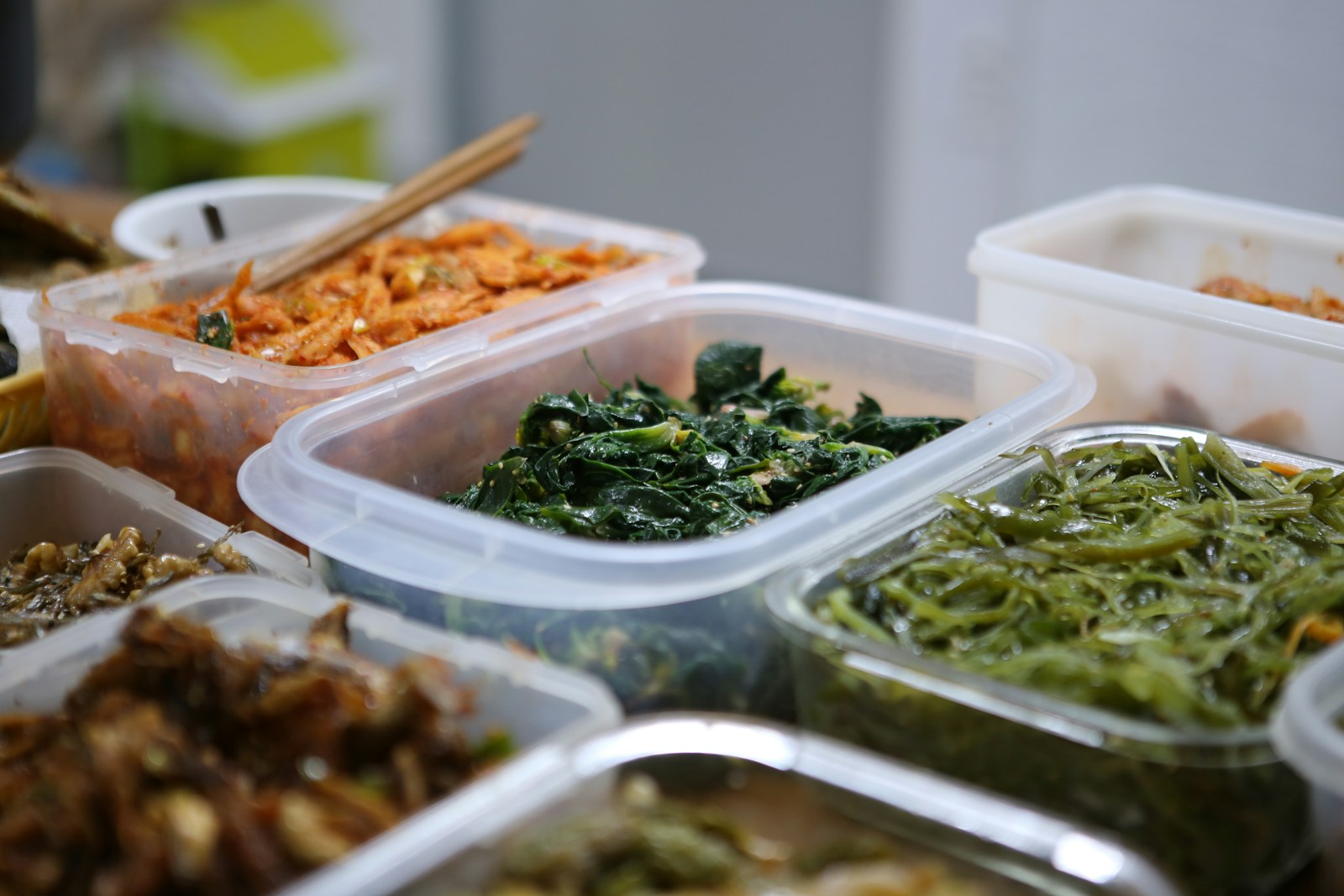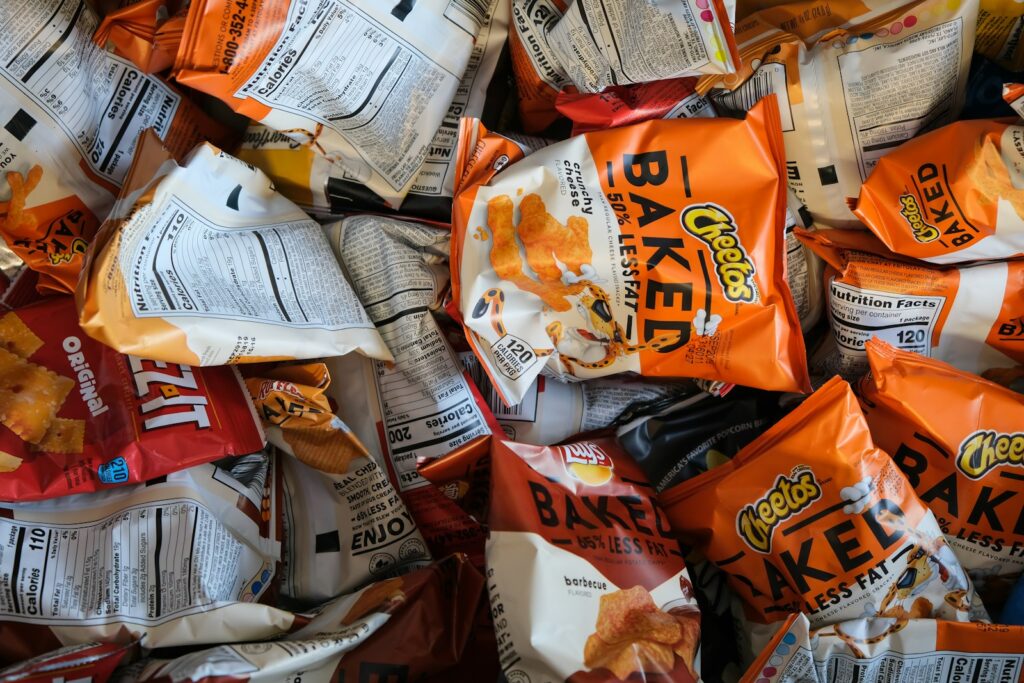Life doesn’t slow down just because you want to eat healthier. Between work, family, and countless errands, planning meals can feel overwhelming. But with a few simple strategies, meal planning can fit into your busy schedule without becoming another chore.
Keep It Simple and Flexible
Many people overcomplicate meal planning by imagining gourmet recipes for every night of the week. The truth is, simplicity works best when life is busy. Stick to a handful of go-to meals you already enjoy and know how to cook quickly. Think stir-fries, grain bowls, sheet-pan dinners, or slow cooker soups.
Flexibility is also essential. Instead of assigning a specific dish to a day, create a short list of meal options and choose one that fits your mood or schedule. This prevents the dreaded “I don’t feel like eating that tonight” problem that often derails rigid plans.
Batch cooking staples—such as roasted vegetables, grilled chicken, or a pot of rice—provide you with mix-and-match ingredients that can be repurposed throughout the week. That way, you can throw meals together in minutes without having to start from scratch.
Use Shortcuts Without Guilt
Meal planning isn’t about cooking everything from scratch. Using shortcuts can save time and reduce stress. Pre-chopped vegetables, canned beans, rotisserie chicken, or frozen fruits and veggies can all be lifesavers during busy weeks.
Another trick is doubling recipes. If you’re already making chili or pasta sauce, consider cooking extra and freezing half for later use. Having ready-to-go meals in the freezer is like giving your future self a gift.
Technology can help too. Grocery delivery services, meal planning apps, and even simple reminder lists on your phone can keep you organized and on track. The less you have to think about logistics, the more likely you are to stick with your plan.
Read More: Intermittent Fasting: A Fad or the Real Deal?
Plan Around Your Real Life
A successful meal plan reflects your actual schedule, not an idealized version of it. If you know Tuesday nights are packed with kids’ activities, plan for something fast or portable, like sandwiches or wraps. Save more elaborate meals for weekends when you have time to enjoy cooking.
Also, consider the people you’re cooking for. If your family loves tacos, make taco night a weekly ritual. If you’re cooking for one, plan meals that taste good as leftovers. Tailoring your plan to your lifestyle makes it sustainable instead of burdensome.
Don’t forget snacks and breakfast. Having quick, healthy options like yogurt, fruit, or overnight oats ready to go can prevent rushed mornings from turning into drive-thru runs.
Reduce Waste and Save Money
Meal planning isn’t just about health—it’s also about efficiency. By shopping with a plan, you’ll buy only what you need, which reduces food waste and saves money.
Before you make your shopping list, check your pantry, fridge, and freezer. Building meals around what you already have is one of the easiest ways to reduce costs. For example, leftover chicken can be transformed into soup, salads, or wraps instead of going uneaten.
Smart storage also helps. Use clear containers so you can easily see leftovers, and freeze ingredients you can’t use right away. Small habits like these stretch your food dollars further and make meal planning feel like a win-win.
The Takeaway
Meal planning doesn’t need to be rigid or complicated. By keeping meals simple, utilizing clever shortcuts, and tailoring plans to your actual schedule, you can maintain a healthy diet even on your busiest days. With a bit of preparation, you’ll save time, reduce stress, and enjoy more nutritious, more satisfying meals.
Read More: Health Trends to Watch in 2025: What’s Legit, What’s Not




